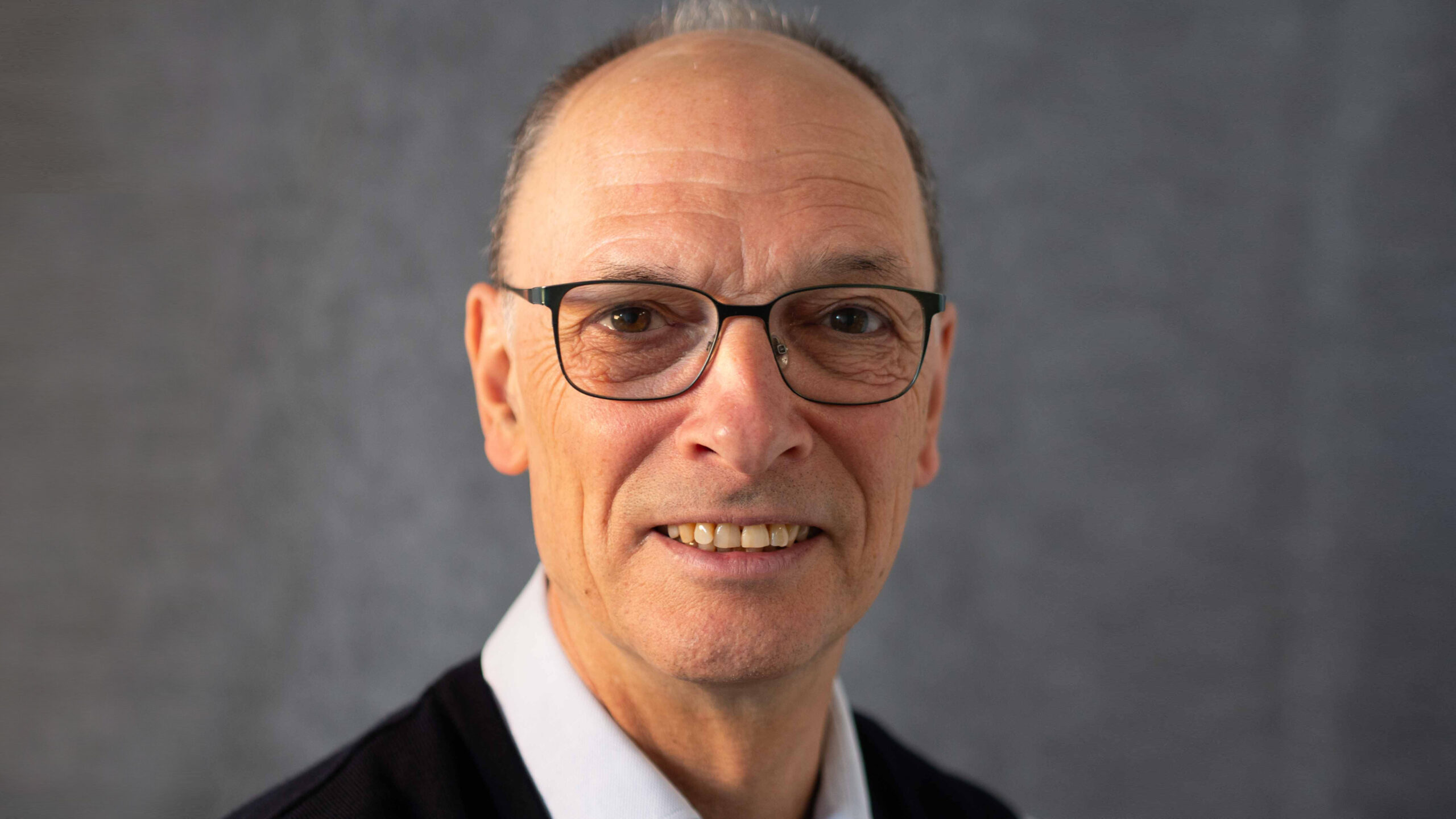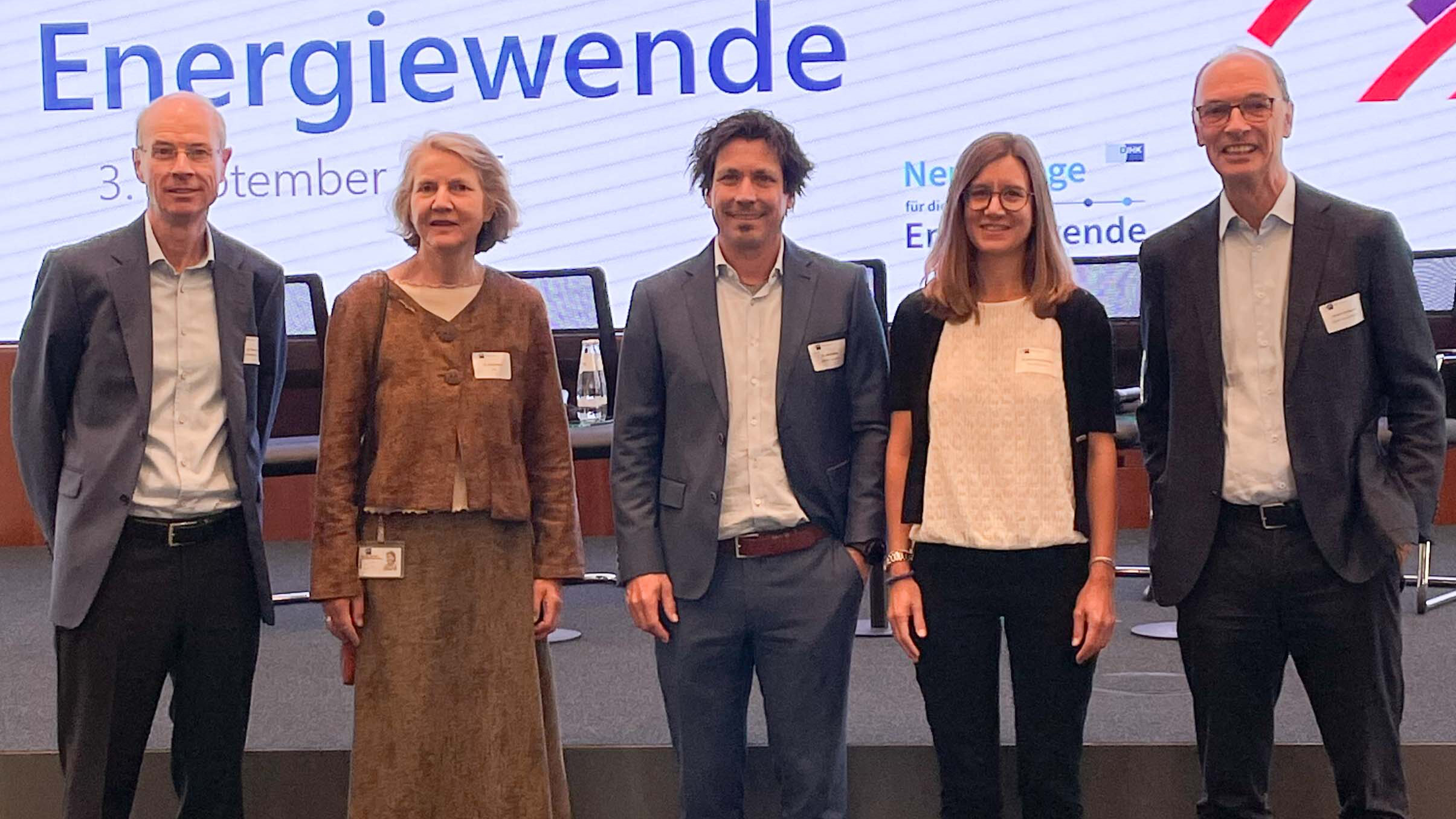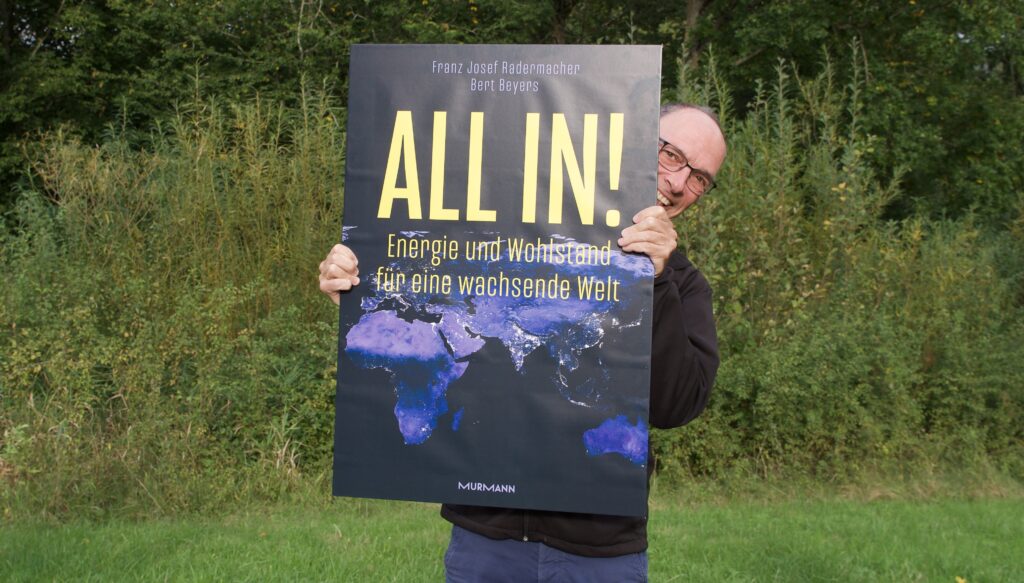At this point, some news of the last few weeks will be addressed which, from GES’ point of view, are reason for hope because they contain building blocks of a possible global solution and / or could help to develop a realistic view of the challenges ahead of us.
Austrian Post will convert its entire lorry fleet – around 180 vehicles – to HVO in the current year. This should reduce CO2 emissions by up to 90 per cent.
According to a report in the Kronen-Zeitung newspaper, the ban on combustion engines is to be cancelled in the European Union from 2035. The reason: until now, the CO2 balance of an electric car in the EU was automatically (and against better judgement) set at zero. Now there is to be a real assessment. “We need 35 years to electrify all cars worldwide,” Bosch CEO Stefan Hartung told The Pioneer portal. Furthermore, customers outside Europe cannot be forced to give up combustion engines.
According to the German Federal Audit Office, the German energy transition is not on track. In the electricity sector, a secure supply is jeopardised and electricity is too expensive. The expansion targets for renewables could not be achieved. And the expansion of backup capacity through H2-ready gas-fired power plants is too weak. Electricity prices in Germany are among the most expensive in the EU, yet further increases are foreseeable. To summarise, the Federal Audit Office has given the government a damning verdict: “The risks for the energy transition and therefore for our prosperity are great.” GES believes that the report confirms its assessment that the German energy transition has been set up incorrectly. A target of 100 per cent renewables in the electricity system is not only too expensive, it cannot be achieved in principle.
The head of Germany’s most important grid operator E.on, Leonhard Birnbaum, proposes synchronising the expansion of renewables with the expansion of the grids. This means slowing down the expansion of wind and solar energy.
According to a study by the Federal Environment Agency (UBA), emissions of greenhouse gases in Germany will fall more sharply than previously assumed: Germany could therefore achieve its climate target for 2030. Last year, around ten per cent fewer greenhouse gases were emitted than in 2022. The Director of the International Energy Agency (IEA), Fatih Birol, praises the development, but also cites the slump in industrial production following the discontinuation of Russian gas supplies as a reason for the decline.
“Global methane emissions remain far too high for international climate targets to be met.” This is how the International Energy Agency (IEA) comments on the results of the latest Global Methane Tracker. According to the report, almost 120 million tonnes of this particularly harmful greenhouse gas have been emitted during the extraction and use of fossil fuels. The main sources of methane emissions are the USA, Russia and China. Read the GES background paper.
At a meeting in Brussels, around 30 countries spoke out in favour of a faster expansion of nuclear energy. Among those present were Alexander Croo from Belgium, Emmanuel Macron from France, Mark Rutte from the Netherlands, Donald Tusk from Poland and Viktor Orban from Hungary.
Schwenk Zement and Thyssenkrupp Polysius are building a demonstration plant designed to reduce CO2 emissions in cement production by 42 per cent. As a rule, around two thirds of emissions are process-related and are produced when the lime is burned. This calcination process is to be eliminated in the new plant.
The German Cement Works Association (VDZ) has analysed the requirements for the transport of captured CO2 . According to the study, the majority of the quantities must be transported by pipeline. The German CO2 pipeline network should have a length of 4,800 kilometres. Costs: around 14 billion euros.
According to CNN, India wants to build the largest solar and wind farm, 500 square kilometres in size. The project, with an investment volume of 20 billion US dollars, is to be built in a salt desert on the border with Pakistan.
The US company Quaise wants to enable deep geothermal energy up to 20 kilometres into the earth’s interior, where temperatures of 500 degrees prevail. The start-up has now announced financial support from Mitsubishi and Standard Investments. Quaise relies on an innovative drilling technology using high-frequency microwaves that melt and vaporise rocks.




